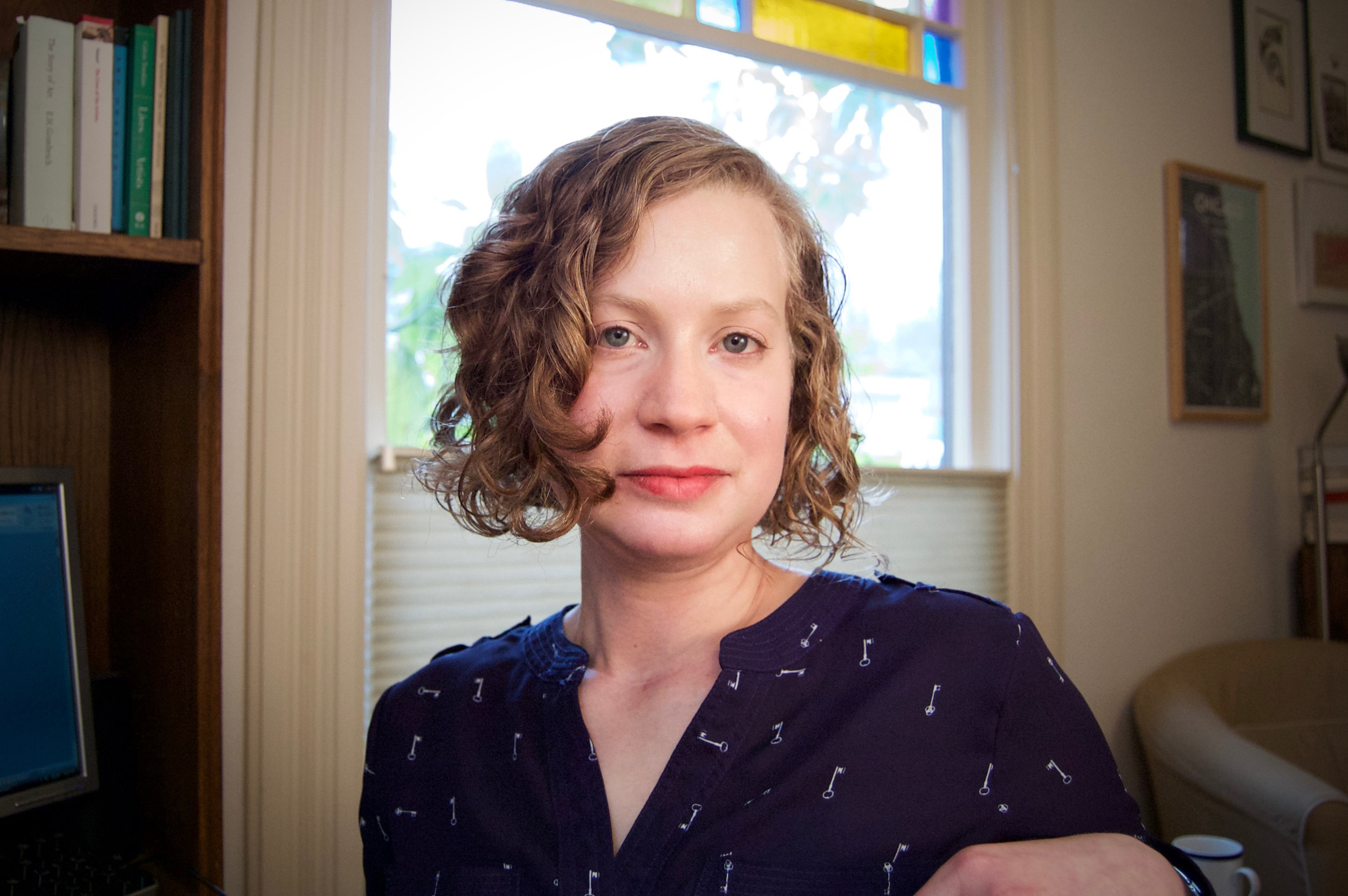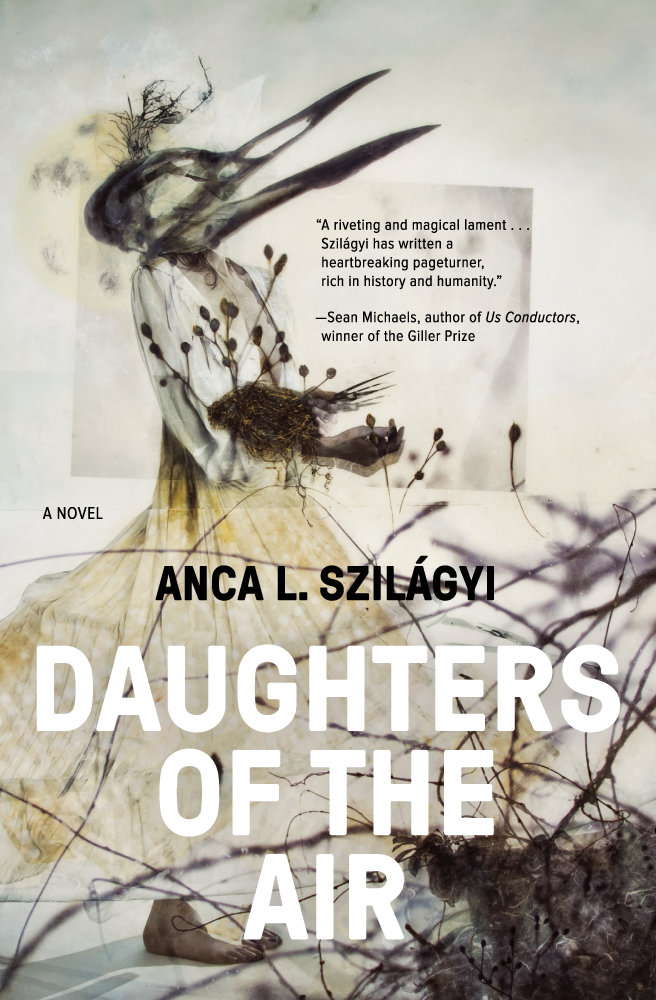Clever, beautiful—and hopelessly violent.
Diagnosed with a rare psychiatric condition and accused of murder in childhood, sisters Addie and Dorian have spent most of their lives in a locked ward under the supervision of eccentric researcher Dr. Lark. Now on the cusp of adulthood, Addie has a plan: start a new family, to replace the one she lost. Dorian struggles to quell her violent tendencies in time to help raise her sister’s child. But Dr. Lark sees these patients as key to the completion of his revolutionary cure, and he will not allow the sisters' aims for their own lives get in his way.
Barbara Barrow's debut novel is harrowing, bittersweet, and at times claustrophobic. While we look forward to sharing The Quelling with the world in just a few weeks, we sat down with Barbara to learn more about the stories—and the person—behind the upcoming book.
Thank you for taking some time to speak with us! Please introduce yourself and your work to our readers.
I grew up in Atlanta and lived in Germany, New York, and St. Louis before moving to Pittsburgh five years ago. My father was a taxi driver and used to take me out in his cab to pick up passengers, and I used to meet a lot of interesting characters and see the city this way. I have a lifelong obsession with books and I especially love Gothic literature and surrealism. Currently, I’m an English professor at Point Park University. I specialize in Victorian lit, but I love teaching courses like Detective Fiction and Mad Science & Lit as well as more contemporary novelists like Zadie Smith. In my spare time I like to explore the city and I also volunteer at a meal ministry on Pittsburgh’s North Side.
I read and write fiction with strange or offbeat themes and I like stories with multiple narrators. The Quelling is about two sisters who struggle with violent tendencies and decide they want to raise a child together. When the story starts, they are in an institution because they committed a murder when they were just kids, and they are obsessed with watching nature shows, those scenes of animals hunting—Animal Planet, BBC Earth, that sort of thing. A good friend describes it as a “feminist Clockwork Orange,” and I think this phrase captures the weird psychological atmosphere of the novel.
Addie and Dorian, Dorian and Addie – the relationship between the two sisters is central to The Quelling. What inspired you to focus the narrative on not a single protagonist, but on a close-knit sibling pair?
I’ve always been interested in close-knit friendships that are essentially like sisterhoods. In coming-of-age stories the focus is usually on a single character, but I wanted to show how when you’re younger, and when you’re in a close, even claustrophobic friendship like that, it’s almost like at times you don’t have a separate consciousness. Instead, your identity merges with that of the person that you’re close to, the person you’re having all these early formative experiences with, so that their identity becomes yours and vice versa. It can be powerful and tender and frightening at once, and I wanted to show that kind of tense sisterly intimacy.
Photo credit: John Zeller
The sisters have a rare psychiatric condition, which is the reason they’re under Dr. Lark’s care at the start of the novel. Tell our readers a little bit about this condition.
The sisters have been diagnosed with reactive attachment disorder, which means they have difficulties forming emotional bonds with other people. Patients with this condition can act out violently and do things that sabotage or hurt themselves or others. There are many well-respected doctors and institutions that research and raise public awareness about the condition, but there have also been some bizarre and even abusive treatments. One example is the Candace Newmaker case from the early 2000s, which got national media coverage. Her doctors did a violent simulation of the birthing process and suffocated her, which sparked public outrage and some preventative legislation. I read a lot about this case and other abusive treatments when I was conducting research for the novel.
What comes next for you as a writer?
I’m in the very early stages of a second novel that takes place in Atlanta in the mid-nineties, and am finishing up some short stories and academic essays. My partner and I are also collaborating on a graphic novel called Furder, She Wrote. We’re hoping to reach out to some illustrators once we are finished writing and storyboarding.
Where can readers find out more about you and your work online?
I have a website and am also on Facebook and (just recently!) on Twitter @dustyoldbagz.
Barbara Barrow is a fiction writer and literary critic who adores all things feminist, fabulist, and surreal. Her short fiction has appeared or is forthcoming in The Forge Literary Magazine, Cease, Cows, Folio, Zahir, Nano Fiction, and elsewhere, and her journal articles have appeared in Victorian Poetry, Journal of Victorian Culture, Victorian Periodicals Review, and Nineteenth-Century Contexts. She is Assistant Professor of English at Point Park University in Pittsburgh. Follow her online at barbarabarrow.com or on Twitter and Facebook.







